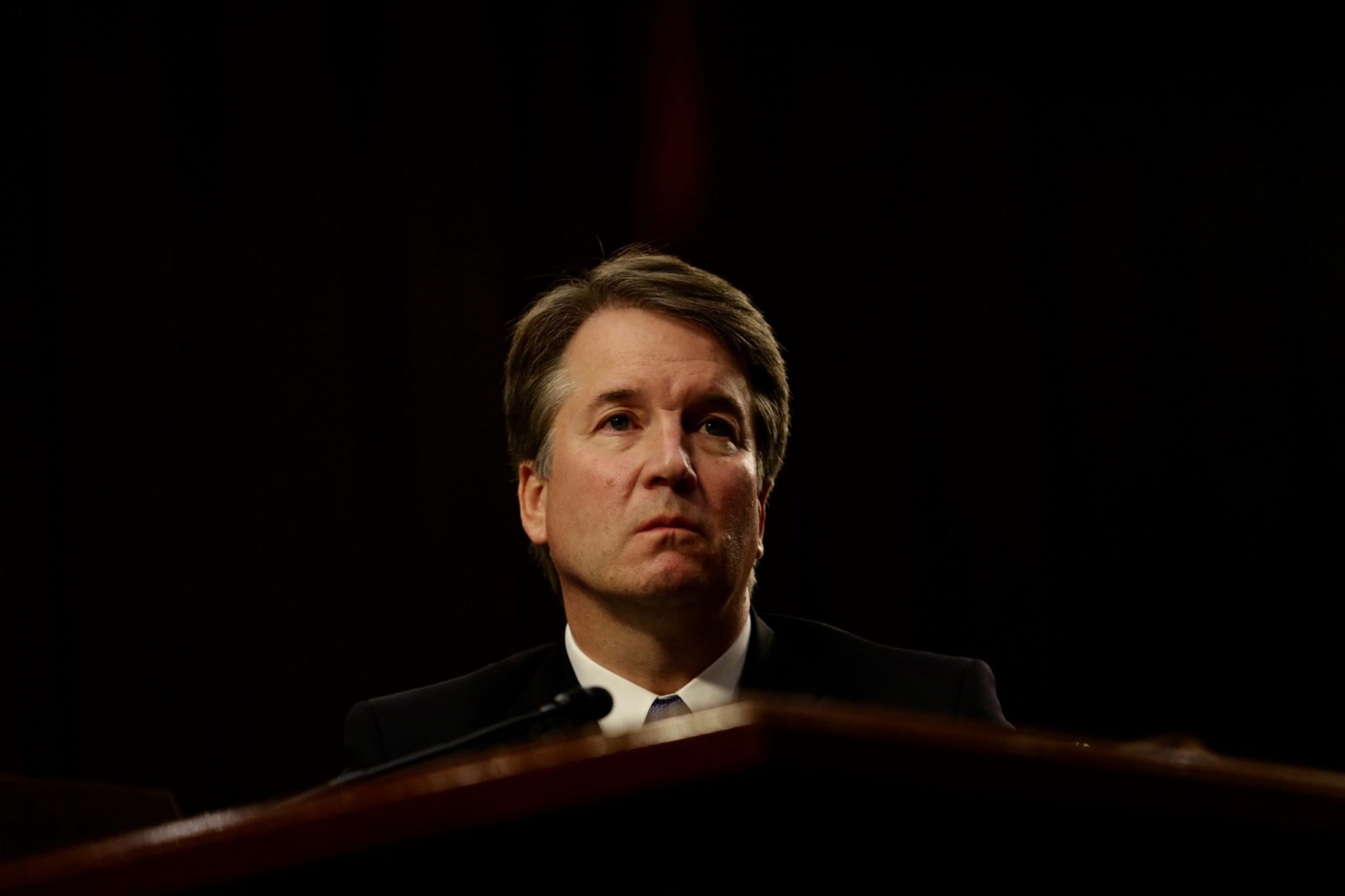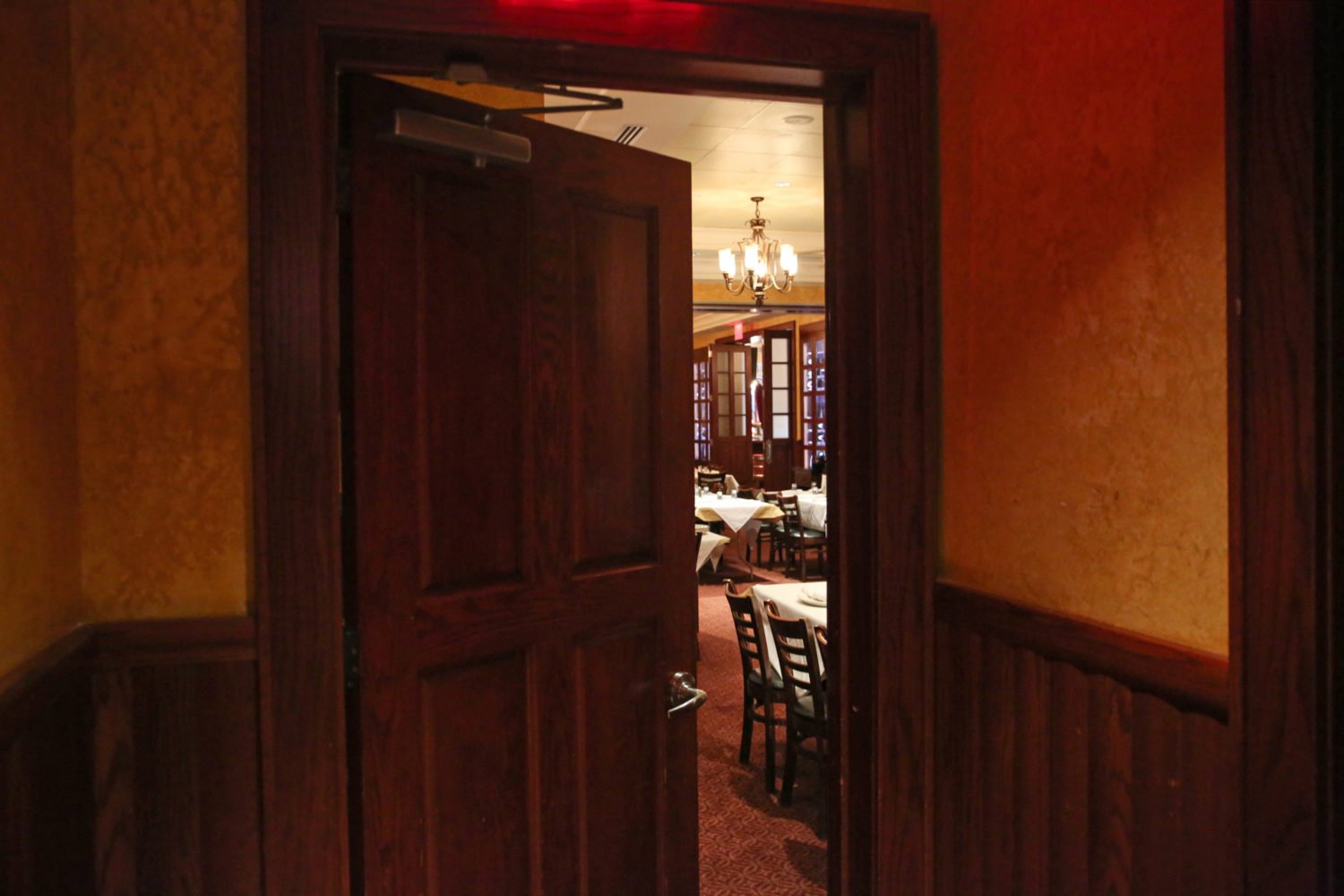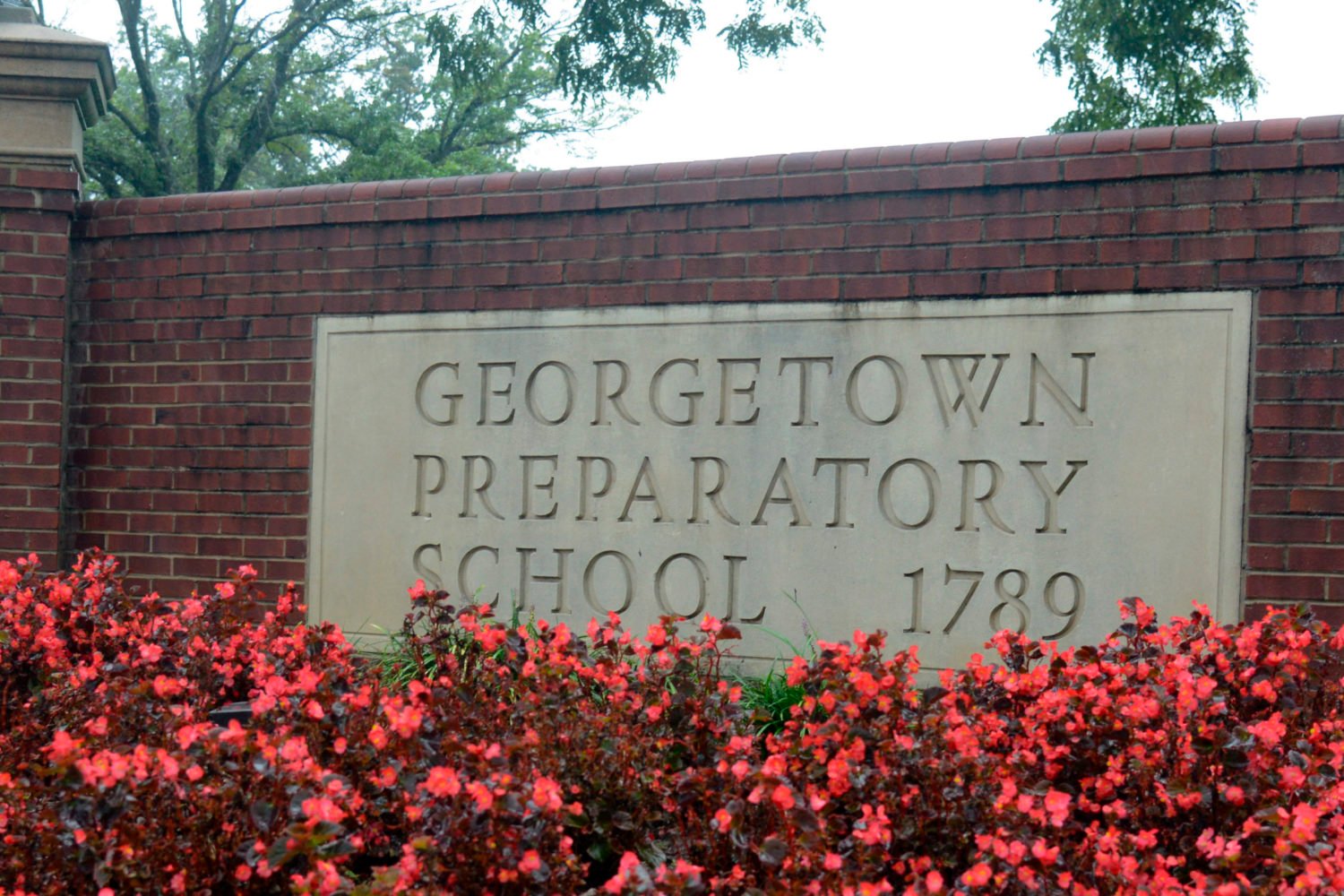The Education of Brett Kavanaugh, the new book by New York Times reporters Robin Pogrebin and Kate Kelly, isn’t just about the justice’s years at Yale Law. Pogrebin and Kelly—the latter grew up here and went to Cathedral—dove into Kavanaugh’s coming of age in Washington’s private schools, and traced how his and Ford’s worlds collided right up to the moment when they each took their testimony to Capitol Hill. The book is rich with new details about people and places that really resonate if you live here. A few that stood out:
- There’s a cringe-y story of a law-firm summer-associates party. Kelly and Pogrebin report that when Kavanaugh was a summer associate at Covington & Burling in 1989, Kavanaugh showed up to a firm event at the Brickskellar with a paralegal as his date. A colleague walked into the erstwhile Dupont Circle bar to a surprising scene: He “saw Kavanaugh drunkenly carrying the paralegal down the front staircase, ‘like you would carry a bride across the threshold. He got to the bottom of the steps and fell down onto the sidewalk.’ ” The source said Kavanaugh was later admonished for his behavior, with the firm telling him, “This is not appropriate. You don’t bring paralegals to summer associate events.”
- The only person who saw the speech Kavanaugh planned to give on the day Ford testified was a high-ranking staffer at the Smithsonian. According to Kelly and Pogrebin, Kavanaugh chose to share his testimony in advance with only one person: a former law clerk of his named Porter Wilkinson. She’s the chief of staff to the regents of the Smithsonian.
- Ford’s DC lawyers were getting death threats during the hearings. Debbie Katz and Lisa Banks, the high-wattage #MeToo attorneys who represented Ford, hired their own bodyguards just like she did. Some of the threats sent to Katz were anti-Semitic and some contained sexually violent language, the authors write. “It was scary,” Katz told them.
- Leland Keyser lives in Silver Spring and has memorabilia from the hearings displayed in her home. Keyser is the friend of Ford’s who didn’t remember being at the party where the attack allegedly occurred. Kelly and Pogrebin write about how the former golf pro and Georgetown women’s golf coach is twice divorced and out of work due to a number of back surgeries, a knee replacement, and other health concerns. (A gofundme campaign launched this past summer to help with her “mounting medical and legal bills” has raised more than $13,000.) Like so many a boldface name in Washington, Keyser has at least one framed news story about herself adorning her home. “Was Leland Keyser the Hero of the Kavanaugh Controversy?”, from an October 2018 issue of National Review, hangs in her downstairs bathroom.
- DC is such a small town is so cliché and so true. Keyser’s lawyer through the hearings, Howard Walsh, goes to the same Catholic church in Chevy Chase—Blessed Sacrament—as Kavanaugh, and Walsh is “friendly with” Ford’s brothers. Also, when Ford came forward, the daughter of Supreme Court Justice Neil Gorsuch happened to be attending Ford’s alma mater, Holton-Arms. Holton’s head, Susanna Jones, publicly supported Ford; but because of the concentric circles of politics inside DC private schools, “Jones was in an awkward position,” the authors write.
- Ford seems to have tried to keep her local relatives—who had ties to the Kavanaugh family—out of the picture during certain moments of the ordeal. For instance: Instead of staying with her parents, who still live in her childhood home in Potomac, she stayed with her team at the Watergate Hotel during the hearings.
- “Violence was part of the culture” at Georgetown Prep in Kavanaugh’s day. So said an alum who was a year behind Kavanaugh. The source said faculty and staff failed to act when an older boy continually put him into headlocks: “It was understood that you had to ‘sort it out yourself.’ ” Finally, the young man punched his bully in the face, likely breaking his nose; at that point, a teacher came to him and said, “I understand you took care of something.”
- The house where the alleged assault occurred remains a mystery. But not because Pogrebin and Kelly didn’t try pretty hard to find it. Using clues from Ford’s descriptions in the hearings, the Times reporters narrowed down the potential houses to two possibilities: one belonging to a family friend of Mark Judge in Potomac, and one to a Georgetown Prep classmate in Bethesda. But they discovered that both houses have been renovated and they couldn’t nail down enough documents to pinpoint the exact house in question.


















